How to remove TrueCrypt and decrypt files
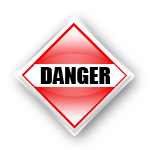
Threat's profileName of the threat: Command or file name: Threat type: Affected OS: TrueCrypt (randomname).exe Ransomware Win32/Win64 (Windows XP, Vista/7, 8/8.1, Windows 10) 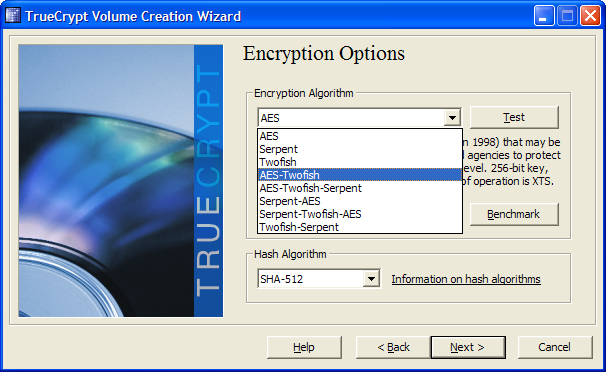
TrueCrypt intrusion methodTrueCrypt copies its file(s) to your hard disk. Its typical file name is (randomname).exe. Then it creates new startup key with name TrueCrypt and value (randomname).exe. You can also find it in your processes list with name (randomname).exe or TrueCrypt. Also, it can create folder with name TrueCrypt under C:\Program Files\ or C:\ProgramData. If you have further questions about TrueCrypt, please, contact our technical support. It is free. Or you can use programs to remove TrueCrypt automatically below. Download Wipersoft AntispywareDownload this advanced removal tool and solve problems with TrueCrypt and (randomname).exe (download of fix will start immediately): Download WiperSoft Antispyware to remove TrueCrypt* WiperSoft Antispyware was developed to remove threats like TrueCrypt in automatic mode. Remover has active module to protect PC from hijackers, trojans, ransomware and other viruses. Trial version of Wipersoft provides detection of computer viruses for FREE. To remove malware, you have to purchase the full version of Wipersoft. Features of WiperSoft Antispyware
Download Spyhunter Remediation Tool by Enigma SoftwareDownload antimalware designed specifically to remove threats like TrueCrypt and (randomname).exe (download of fix will start immediately): Download AntiMalware to remove TrueCryptFeatures of Spyhunter Remediation Tool
Let our support team solve your problem with TrueCrypt and remove TrueCrypt right now! 
Submit support ticket below and describe your problem with TrueCrypt. Support team will offer you solution in several minutes and give a step-by-step instruction on how to remove TrueCrypt. Trouble-free tech support with over 10 years experience removing malware. 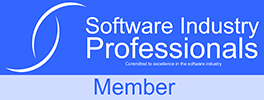 Threat's description and solution are developed by Security Stronghold security team. Here you can also learn:
How to remove TrueCrypt manually?This problem can be solved manually by deleting all registry keys and files connected with TrueCrypt, removing it from starup list and unregistering all corresponding DLLs. Additionally missing DLL's should be restored from distribution in case they are corrupted by TrueCrypt. However, this threat may not allow you to do htis in some cases, thats why, we recommednd you to use one of the above options. To get rid of TrueCrypt, you should: 1. Kill the following processes and delete the appropriate files:
Warning: you should delete only those files which checksums are listed as malicious. There may be valid files with the same names in your system. We recommend you to use WiperSoft Antispyware Malware Remediation Tool for safe problem solution. **Trial version of Wipersoft provides detection of computer viruses for FREE. To remove malware, you have to purchase the full version of Wipersoft. 2. Delete the following malicious folders:
3. Delete the following malicious registry entries and\or values:
Warning: if value is listed for some registry entries, you should only clear these values and leave keys with such values untouched. We recommend you to use WiperSoft Antispyware Malware Remediation Tool for safe problem solution. How to decrypt files after TrueCrypt infection?You may attempt to decrypt files infected by different versions of TrueCrypt manually. Modern ransomware threats use complex encryption algorithms and try to prevent users from decrypting their files by disabling System Restore option, removing Shadow copies and previous versions of user files. However, in most cases, there is still a chance to restore your files using one of the described metods. There is also special advanced data recovery software, that can revive lost data in several clicks. This is not a guarantee for data restoration, but it is worth giving a try. Using advanced data recovery software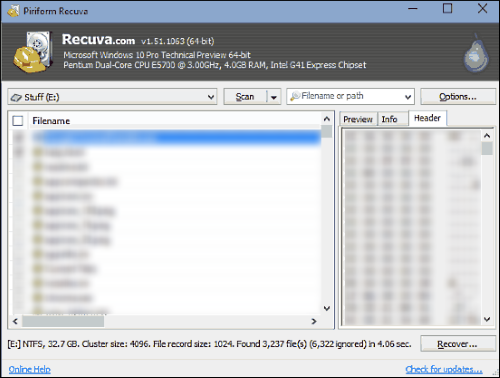
Restore encrypted files using System RestoreSystem Restore constantly creates copies of files and folders before major changes in the system (windows update, software installation). You can also create restore point manually from time to time. TrueCrypt may remove system restore files, but you can check it using following instruction. 
Roll the files back to the previous versionPrevious versions are copies of files and folders made by Windows Backup (if Windows Backup option is turned on) or copies of files and folders created by System Restore. You can use this feature to restore files and folders that you accidentally modified or deleted, or that were encypted by TrueCrypt. Available only in Windows 7 and later versions. 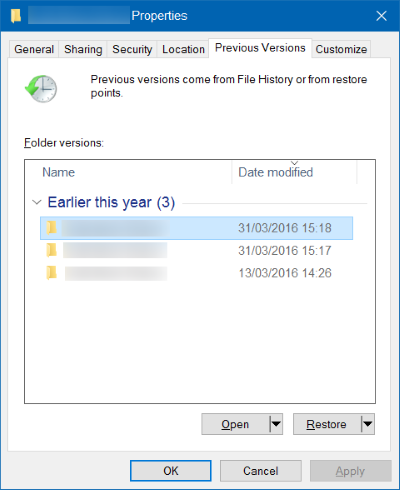
Restore files using shadow copies
Protect your computer from ransomwareMost of modern antivirus solutions have a module to protect from ransomware threats. However, there are also special solutions, that can detect cryptoviral activity and stop it, preventing modification of your files. One of the best is ZoneAlarm Anti-Ransomware utility, that will not use much resources for effective protection against latest ransomware threats. 
Information provided by: Aleksei Abalmasov Here are the descriptions of problems connected with TrueCrypt and (randomname).exe we received earlier:Problem Summary: Trying to remove TrueCrypt Have managed to decrypt my hard drive but TrueCrypt has left a partition and I can not access it to delete it. How do I completely remove all of TrueCrypt so it does not interfer with updates/upgrades to my system? Problem was successfully solved. Ticket was closed. Problem Summary: Truecrypt on my laptop and I don't have password I have true crypt loaded on a laptop but no longer have the password. The laptop will not get past the truecrypt password prompt when booting up. Is there any wy to overcome this and restore it to factory settings Problem was successfully solved. Ticket was closed. Problem Summary: Cancelling Truecrypt encryption I used Truecrypt to encrypt an entire internal storage drive the is 2GB in size. It is taken 46 hours to complete. That is a little too long for me so I want to know how to stop the encryption before it completes? Problem was successfully solved. Ticket was closed. Problem Summary: Passwords Access Hello, Problem was successfully solved. Ticket was closed. Problem Summary: Passwords Access Hello, Problem was successfully solved. Ticket was closed. Problem Summary: After decrypting drive, I had an entire system disk encrypted with Windows Vista installed on it. There were some issues with windows booting occasionally, so I tried using the recovery disk and decrypting the whole system so that I could try and copy some files off of the drive and repair windows. Problem was successfully solved. Ticket was closed. Problem Summary: Completely removed truecrypt May I know how to completely remove truecrypt software? Problem was successfully solved. Ticket was closed. Problem Summary: Work for a small company one employee installed truecryp that employee is now gone Work for a small company one employee installed truecryp that employee is now gone and i don't know his password i don't care about the data i just want to reload the windows 7 os but when i try windows gets to expanding windows files and stops at 1% is there a way i can wipe the drive and install windows? Problem was successfully solved. Ticket was closed. Problem Summary: Problem opening up TrueCrypt Hello, when I try to load the truecrypt.exe file from my USB drive on a school computer, it gives me an error saying something like I am not administrator don't have access to load it around that kind of saying... So I was wondering why does it show that, I am not trying to install anything just wanted load the truecrypt file and open my work files. You think you may have any idea why it's like that or any other solutions you can help me for me to open it at school without having problems. There's no problem opening at home obviously. Problem was successfully solved. Ticket was closed. Related pest: cydoor |
Copyright © 2025 Security Stronghold. All Rights Reserved. All content on this website is protected and belongs to Security Stronghold LLC.




Problem Summary: Uninstall of TrueCrypt
I installed a new solid state hard drive on my Dell Latitude laptop running Windows 7 Pro. Everything was fine and functioning perfectly. I then installed TrueCrypt so that I could encrypt the entire hard drive. I created a key disk as part of the process. The installation did not work, and I then uninstalled TrueCrypt. However, even after the uninstall, when I boot up my laptop, I must enter my TrueCrypt password, and the next screen then gives me a message saying that Windows failed to start, and I have a choice of Launching Startup Repair or Starting Windows Normally. When I start normally, Windows loads and everything is fine. How can I completely get rid of TrueCrypt so I don't need to enter a password when I bootup, and I go right into a normal Windows bootup (as it did before I tried to install TrueCrypt). I did try to do a system restore in Windows to a point before I installed TrueCrypt, but this did not work either to get rid of the bootup problem.
Problem was successfully solved. Ticket was closed.